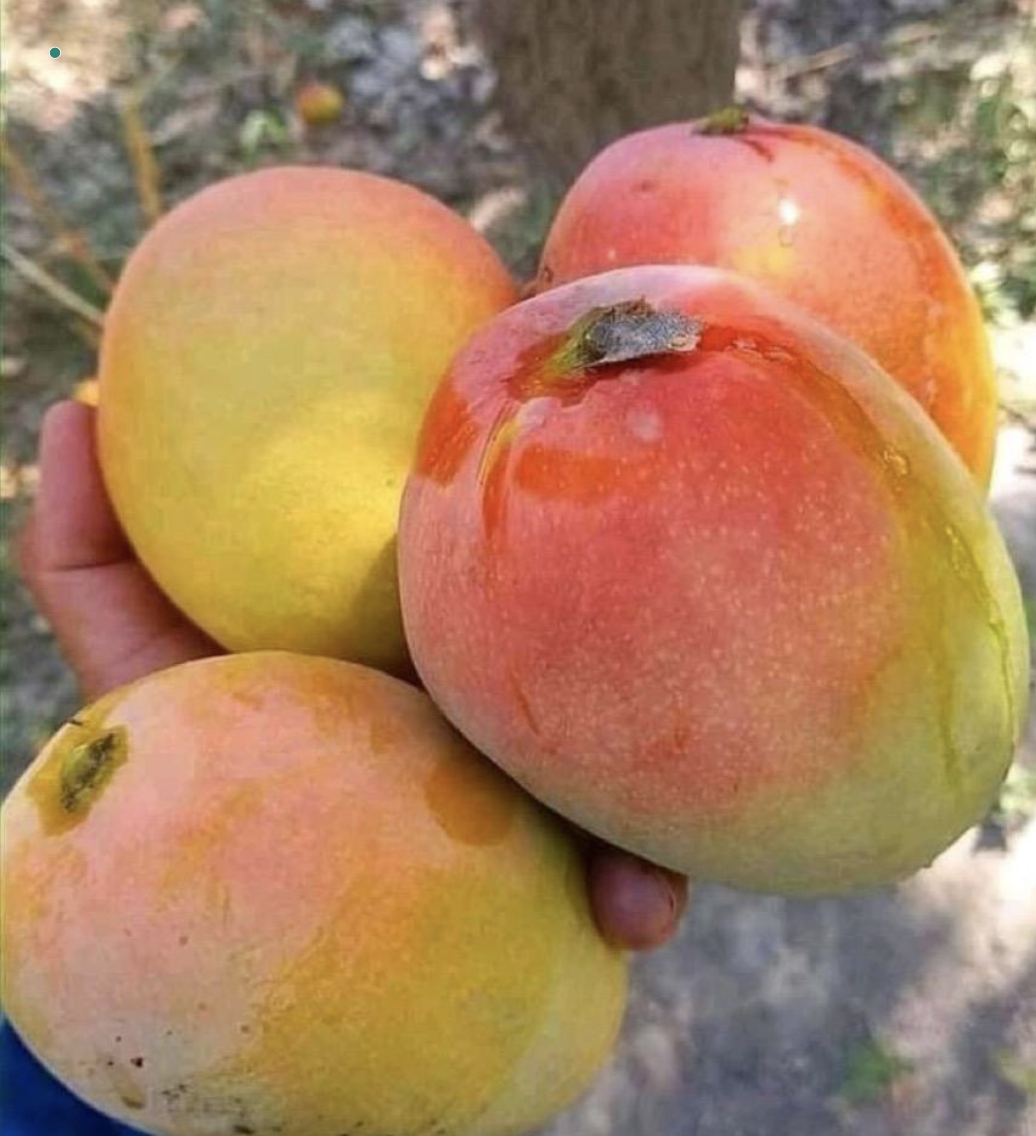Mangoes are an essential agricultural product globally, known for their rich taste, versatility, and economic importance. In East Africa, mango production plays a significant role in both local economies and global markets. Several East African nations have earned spots among the top global producers, contributing to the world’s mango supply. This article highlights the key East African players in mango production and their global rankings, based on data from the World Population Review.
African Countries in the Global Mango Production Top 20
Several African countries rank among the top 20 mango producers worldwide, showcasing the continent’s vital role in the global mango industry. Below is a breakdown of African nations that are part of the top 20:
| Country | Mango Production (2022) | Global Ranking |
|---|---|---|
| Nigeria | 940,400 tonnes | 11 |
| Kenya | 758,400 tonnes | 13 |
| Malawi | 1.9 million tonnes | 7 |
| Tanzania | 448,600 tonnes | 20 |
| Sudan | 717,800 tonnes | 15 |
| Mali | 670,600 tonnes | 16 |
The Source of Data
The data used in this article is sourced from the World Population Review, a reputable platform known for aggregating reliable global agricultural statistics. This organization draws from trusted sources like the Food and Agriculture Organization (FAO), national reports, and regional studies. The figures reflect mango production as of 2022 and are widely used by policymakers, researchers, and agricultural experts for assessing global and regional trends.
East Africa’s Contribution to Global Mango Production
East Africa is a key region for mango production, with countries like Kenya, Tanzania, and Malawi playing significant roles. The favorable climatic conditions in these countries, including abundant rainfall and fertile soils, make them ideal for mango cultivation.
- Kenya ranks 13th globally, with a production of 758,400 tonnes. The country has become one of East Africa’s leading mango exporters, supplying high-quality varieties to both local and international markets.
- Tanzania, though ranked 20th globally, has a growing mango industry, producing 448,600 tonnes annually. The country is expanding its mango sector through investments in irrigation and sustainable farming practices, positioning itself as an emerging exporter.
- Malawi stands out in the region, ranking 7th globally with 1.9 million tonnes produced. The country’s mango industry is well-established, with significant domestic consumption and increasing export opportunities.
- Sudan and Mali also contribute to Africa’s position in the global mango market, with Sudan ranking 15th and Mali at 16th globally.
Economic Impact of Mango Production in East Africa
Mango production has a significant economic impact in East Africa, providing livelihoods for millions of smallholder farmers. The industry creates jobs not only in farming but also in processing, packaging, and transportation. In countries like Kenya and Tanzania, mangoes are processed into juice, dried fruit, and jams, adding value to the raw product and generating additional income for farmers.
The export of mangoes from East Africa also contributes to the region’s economy. With global demand for mangoes steadily rising, East African countries are capitalizing on this opportunity to expand their market reach. Kenya, for example, has increased its exports, particularly to Europe and the Middle East, benefiting from its access to international trade routes and adherence to global quality standards.
East Africa plays a crucial role in the global mango production landscape. Countries like Kenya, Malawi, Tanzania, Sudan, and Mali are key contributors, benefiting from favorable agricultural conditions, growing export markets, and ongoing investments in sustainable farming practices. As the global demand for mangoes continues to rise, East Africa’s position as a major producer is expected to strengthen, ensuring the region’s significant role in meeting the world’s mango supply needs.
The World Population Review provides valuable data highlighting East African nations’ growing influence in global agricultural production. As these countries continue to expand their mango industries, they are poised to further solidify their place in the global market and contribute to the economic development of the region.
Top 20 Mango Producers Globally and Their Rankings
Here is the full list of the top 20 mango-producing countries globally, along with their respective global rankings and production volumes as of 2022:
| Global Rank | Country | Mango Production (2022) |
|---|---|---|
| 1 | India | 26.3 million tonnes |
| 2 | Indonesia | 4.1 million tonnes |
| 3 | China | 3.8 million tonnes |
| 4 | Pakistan | 2.8 million tonnes |
| 5 | Mexico | 2.5 million tonnes |
| 6 | Brazil | 2.1 million tonnes |
| 7 | Malawi | 1.9 million tonnes |
| 8 | Bangladesh | 1.5 million tonnes |
| 9 | Vietnam | 1.4 million tonnes |
| 10 | Thailand | 1.4 million tonnes |
| 11 | Nigeria | 940,400 tonnes |
| 12 | Egypt | 890,300 tonnes |
| 13 | Kenya | 758,400 tonnes |
| 14 | Philippines | 723,100 tonnes |
| 15 | Sudan | 717,800 tonnes |
| 16 | Mali | 670,600 tonnes |
| 17 | Colombia | 546,800 tonnes |
| 18 | Peru | 508,400 tonnes |
| 19 | Nepal | 508,200 tonnes |
| 20 | Tanzania | 448,600 tonnes |
This table highlights the leading mango-producing countries globally and their production volumes, underscoring the importance of mango cultivation across different regions. The data reveals that East Africa, with its significant contributors like Kenya, Tanzania, and Malawi, continues to grow in importance within the global mango production landscape.
